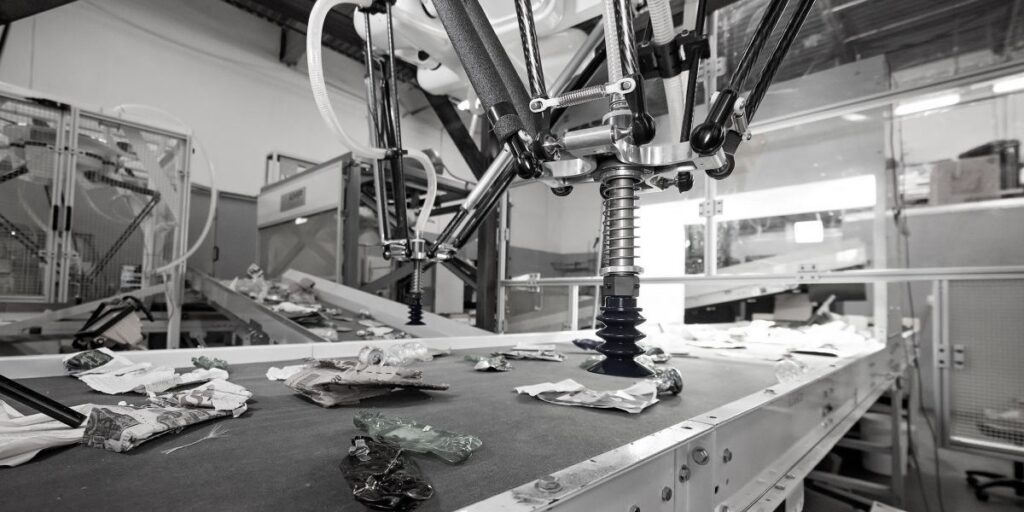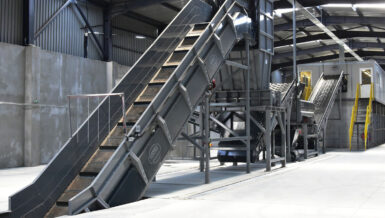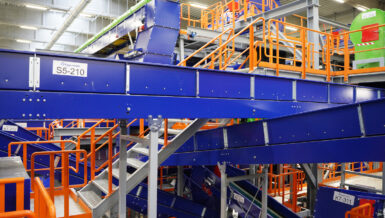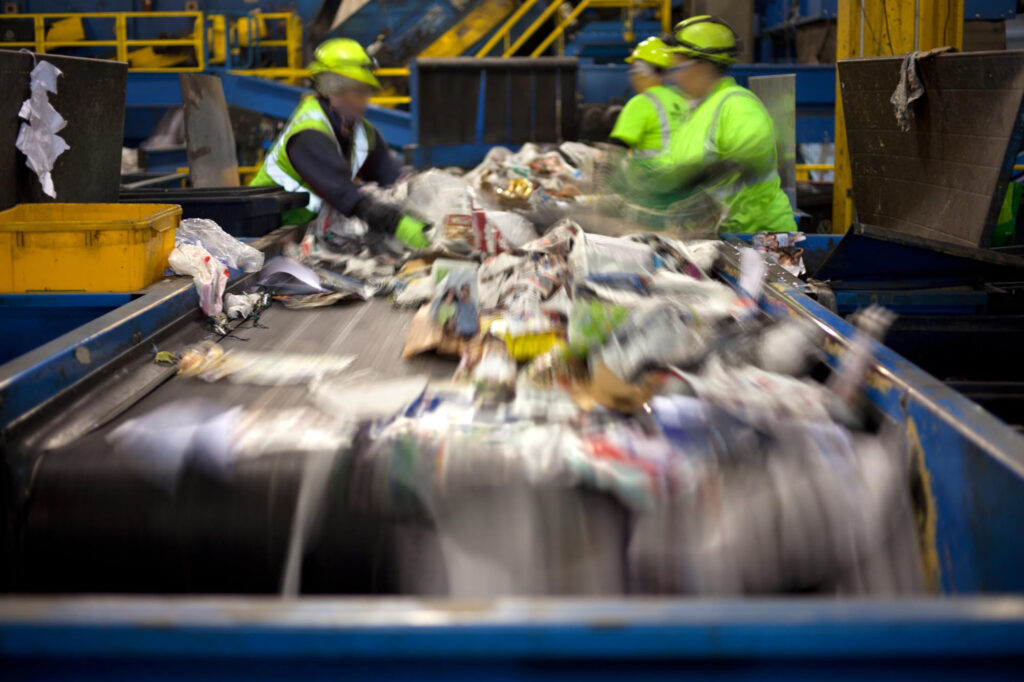Evolution of Advanced Sorting Technologies
Traditionally, sorting recyclable materials involved manual labor and basic mechanical sorting methods. However, the advent of sophisticated technologies has ushered in a new era of precision and efficiency in material separation. Advanced sorting technologies leverage AI, machine learning, and robotics to accurately identify and segregate various recyclables, including plastics, paper, metals, and glass.
Cutting-Edge Innovations:
AI-Powered Optical Sorting Systems:
AI-driven optical sorting systems have emerged as a game-changer in material separation. Equipped with high-resolution cameras and advanced sensors, these systems employ machine-learning algorithms to recognize and categorize materials based on their distinct visual characteristics. By analyzing color, shape, and texture, AI-powered optical sorters can swiftly and accurately differentiate between different types of recyclables. This technology significantly reduces sorting errors, enhances material purity, and boosts recycling efficiency.
Near-Infrared (NIR) Technology:
NIR technology has evolved to become a cornerstone of advanced sorting systems. NIR sensors detect and analyze the unique spectral signatures of materials, allowing for precise identification and sorting. This technology is particularly effective in separating plastics by polymer type, enabling recycling facilities to process various plastic streams efficiently. NIR sensors integrated into sorting equipment contribute to improved material purity and quality, which is vital for downstream recycling processes.
Robotics and Automated Sorting:
The integration of robotics in recycling facilities has reshaped material handling and sorting. Advanced robotic systems with AI algorithms and precision gripping technology can effectively manipulate and sort materials on conveyor belts. These robotic arms are programmed to identify and pick specific items based on predefined parameters, contributing to accurate and high-speed sorting. Robotics enhance the flexibility and adaptability of sorting processes, minimizing errors and increasing overall efficiency.
Impact on Recycling Operations:
The implementation of advanced sorting technologies has brought about significant improvements in recycling operations:
Enhanced Efficiency: AI-driven sorting systems and robotics streamline material separation, significantly increasing sorting speeds and throughput. This heightened efficiency allows recycling facilities to process larger volumes of recyclables in less time.
Improved Material Purity: Accurate sorting results in higher-quality recovered materials. Reduced contamination levels contribute to purer recyclables, enhancing their market value and facilitating more effective downstream recycling processes.
Contamination Mitigation: Advanced sorting technologies aid in reducing contamination by accurately sorting materials and minimizing the presence of non-recyclables in sorted streams. This reduction in contamination positively impacts the quality and marketability of recycled materials.
Challenges and Future Directions:
Despite the remarkable advancements, challenges persist in the realm of advanced sorting technologies:
Cost of Implementation: The initial investment required for implementing advanced sorting systems can be substantial, posing a barrier for some recycling facilities.
Maintenance and Upkeep: Ensuring the proper functioning of complex sorting technologies necessitates regular maintenance and skilled technical support.
Continued Innovation: Ongoing research and development are essential to refine existing technologies and introduce new solutions that address evolving recycling challenges.
Conclusion:
Advanced sorting technologies powered by AI and robotics represent a watershed moment in the recycling industry. These innovations drive operational efficiency, improve material purity, and are crucial in steering the recycling sector towards sustainability. As technology evolves, collaboration between industry stakeholders and ongoing innovation will be vital in maximizing the potential of advanced sorting systems, ultimately advancing the circular economy and mitigating environmental impact through efficient recycling practices.

























